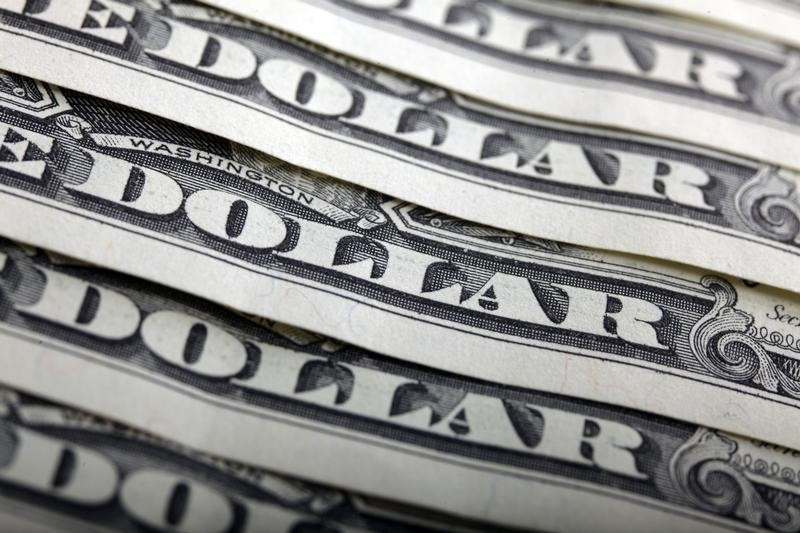Investing.com – UBS has downgraded its long-term US dollar targets, looking to fade the currency’s rebound early in September.
At 08:45 ET (12:45 GMT), the Dollar Index, which tracks the greenback against a basket of six other currencies, traded 0.1% lower to 101.655, having climbed to a two-week high of 101.79 at the start of the week.
EUR/USD rose 0.1% to 1.1048, after the pair earlier in the week fell to a two-week low.
The sharp drop on Wall Street on Tuesday did little to assuage market fears of negative seasonal patterns for the month of September over the past decade, analysts at the Swiss bank said, in a note dated Sept. 4.
And with US August employment data due on Friday, it brought back memories of the painful reaction in markets to weak July employment data at the start of August and the subsequent meltdown that saw VIX rise towards 70.
That move also corresponded with a classic blowup in FX carry and beta trades, with the JPY and CHF outperforming while the likes of AUD underperformed USD, despite offering less carry at this time.
“What’s different now though is that, although the VIX had fallen all the way back to 15 by the end of August, FX implied volatility remained relatively high in classic carry pairs and signs of a fresh buildup of positions was limited,” UBS added.
“We suspect this means that any blow up in FX will be more limited this time round even if weak US data do again lead to much weaker equities and lower US rates.”
As such, while the USD could also see a near-term rebound due to its own positive seasonal patterns after a sharp sell-off in July and August, “we would expect it to be corrective in nature rather than persistent in the G10 space and more likely a function of US data beating expectations rather than due to “risk off” of a miss.
As a result, the Swiss bank takes the opportunity to further downgrade its USD outlook into end-2024 and 2025, and recommends taking advantage of the correction higher we expect this month to position for more structural USD weakness later.
“Specifically, we now see EURUSD at 1.12 by year end and at 1.15 by end-2025, with a decline in ‘US exceptionalism’ the main driver of the revision, rather than any renewed enthusiasm for EUR,” UBS said.
“We remain in fact bearish EUR in most other crosses. We argue that political risks in both the US and Europe are unlikely to be key factors until there is a lot more transparency, leaving the floor to traditional macro.”

